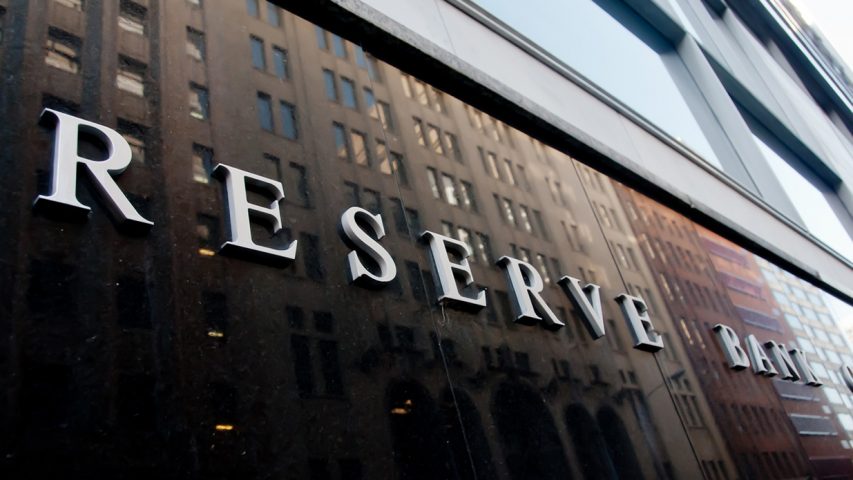The important role for fixed income and cash in an uncertain world

In November 2020, the Reserve Bank of Australia (RBA) cut Australia’s interest rate to the historic low of 0.10 per cent. A year later, the RBA is forecasting1 this rate will stay in place for at least another year, which means the returns on bank term deposits will also remain very low. This has left many investors wondering whether there’s any way to make their fixed interest and cash investments work harder while maintaining a reasonably conservative risk profile.
Jukka Viljanmaa, senior investment manager at TPT Wealth, notes diversified cash and fixed interest portfolios have been able to generate higher returns, while also providing liquidity, during the low interest rate environment triggered by the pandemic. He explains this asset class will remain an attractive option as the interest rate cycle brings about an inevitable increase in the cash rate.
“For example, floating rate funds can provide flexible interest income in this environment. Insightful fund managers can also improve returns by buying at higher credit margins,” he says.
Higher rates on the horizon
Some of the changes likely to lead to higher rates are already in place. For example, when the pandemic first took hold, the government was very keen for banks to keep on lending to households and businesses, particularly small businesses. The RBA supported this by offering low-cost, three-year funding to the banks. Consequently, they had little need to borrow money from wholesale or even retail investors. Now, this facility has closed and banks are once again borrowing from wholesale markets.
Rising global inflation could also speed up a lift to the local cash rate. Even as the pandemic recedes, factors such as supply chain bottlenecks are contributing to rising prices, causing inflation to surge in China and Germany while, in the United States, it has reached a 30-year high2. Fund managers are factoring rising inflation and interest rates into decisions about their portfolios to ensure they won’t miss out as rates rise.
“Investors can benefit by choosing short-duration funds holding mainly floating rate assets,” Viljanmaa says. “What you don’t want is a fund that's locking in rates at current levels, or has locked in rates over the past six months. For example, we hold bank floating rate notes and residential mortgage-backed securities, with variable margins that reset every three months. As most of the direct mortgages we hold are variable, we also have ability to reprice mortgages and, in general, move rates higher.”
Making the most of a changing environment
Investors need to feel confident their fund manager has the experience and skill to make the most of opportunities as they emerge. “A product disclosure statement will have details of what the fund invests in,” Viljanmaa says. “You’ll also find other information you can use to compare funds, such as associated fees. Your fund manager will also produce monthly or quarterly reports. In a changing environment it’s particularly important to know exactly what you’re holding in your portfolio.”
1 RBA November 2021 Monetary Policy Statement, p. 4, https://www.rba.gov.au/publications/smp/2021/nov/pdf/statement-on-monetary-policy-2021-11.pdf, accessed 13/11/21
2 ABC News US, 14/11/21, https://abcnews.go.com/Business/americans-inflation-hits-30-year-high/story?id=81110162
The views and opinions expressed are presented for informational purposes only and are a reflection of the best judgement at the time the content was compiled by the Senior Investment Manager, TPT Wealth.



